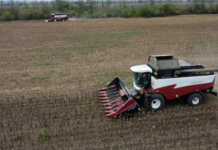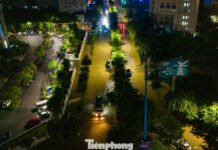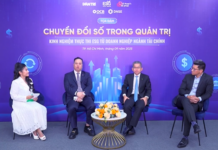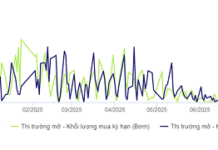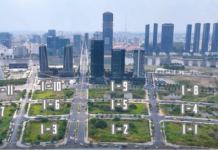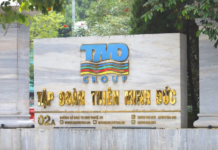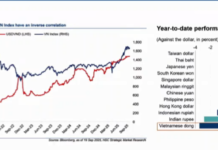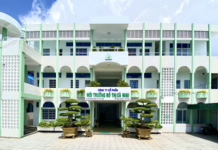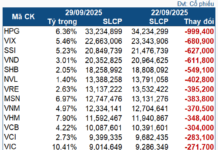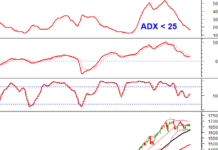The Department of Natural Resources and Environment of Ho Chi Minh City has recently reported on the shortcomings and limitations in land use planning
on the local area.
According to the Department of Natural Resources and Environment of Ho Chi Minh City, as of the end of 2020, Ho Chi Minh City had more than 560 projects and works that had registered a
land use demand
but had not yet been implemented. During the planning process, the sectors and local authorities registered without determining the construction time and progress of the projects.
In particular, the projects mainly focus on the
transportation
sector (117 projects), the trade and service sector (18 projects), the urban development sector (73 projects), the education and training sector (29 projects), and the industrial sector (31 projects), etc.
The typical projects and
works
include the Ho Chi Minh City – Moc Bai Expressway; the beltways (3, 4); metro line 4b (Gia Dinh Park Station – Lang Cha Ca Station); metro line 5 (Can Giuoc New Bus Station – Saigon Bridge); Da Phuoc depot (line 5); metro line 6 (Ba Queo – Phu Lam roundabout); monorail line 2 (National Highway 50 – Binh Quoi Urban Area).
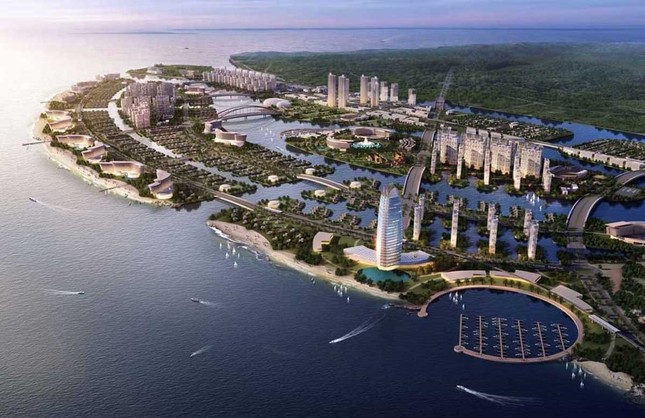
A land reclamation urban area in Ho Chi Minh City has registered a land use demand but has not yet been implemented.
Tay Bac urban area; Rach Chiec sports complex; Hiep Phuoc downstream port area, Quang Trung 2 software park; Hung Long university urban area; VIUT international university urban area; Can Gio coastal urban area; international entertainment park;
Binh Quoi – Thanh Da urban area
; Pham Van Hai industrial park; Hiep Phuoc industrial park (phase 2 and 3), etc.
According to the Department of Natural Resources and Environment of Ho Chi Minh City, the cause of the above limitations is that Ho Chi Minh City does not yet have specific, principled regulations, especially on the procedures for land recovery according to the approved plan and putting the cleared land up for auction to select investors.
In addition, there is a conflict and overlap between construction planning and land use planning; between land use planning and urban planning (mainly subdivision planning), resulting in people being able to change the purpose of use from agricultural land to residential land, production land, and business land but not being granted a construction permit (because it is not in accordance with the subdivision plan) or being granted a construction permit but only a temporary construction permit with a time limit. People buy land but are not allowed to transfer the land use rights… This problem has caused complaints and denunciations in the
land
and construction sectors as well as the phenomenon of illegal construction in suburban areas.
“The work of compensation and site clearance has encountered many difficulties. Many projects have been prolonged and have not yet been completed, leading to slow project progress and increased investment capital. The projects using the state budget for compensation and construction investment have been allocated capital slowly, which has caused limitations”, stated the document of the Department of Natural Resources and Environment of Ho Chi Minh City.
Regarding the use of land for real estate projects, Ho Chi Minh City has many limitations in land valuation, land valuation methods, and land price determination, causing many projects to have not yet settled their financial obligations for land for many years, resulting in many consequences, prolonging them, and affecting many aspects of the
urban development
in the area, greatly affecting the state budget revenue. The legal rights and interests of investors and related people have not been ensured in a timely manner.


